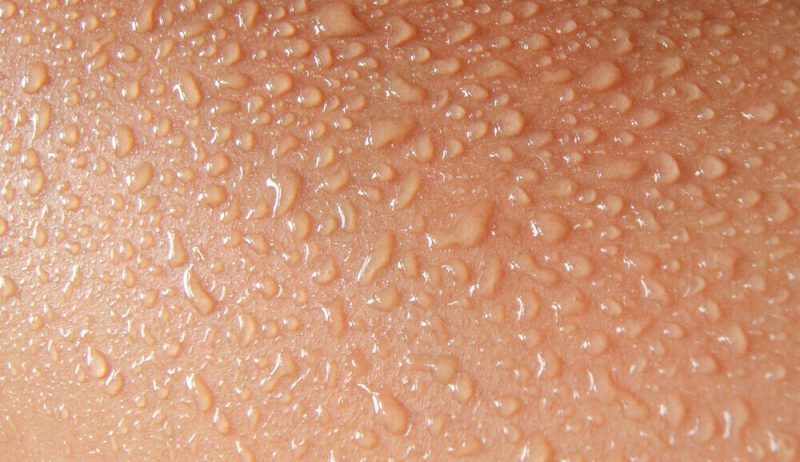Skin Absorption: Understanding the Gateway to Chemical Exposure
Human skin is a highly efficient organ that plays a crucial role in protecting the body from external threats, such as chemicals, toxins, and pathogens. Despite its protective barrier function, the skin is also capable of absorbing substances from the environment, a process known as skin absorption. This ability of the skin to absorb chemicals has important implications for both our daily lives and occupational health.
The skin consists of several layers, each with its own unique structure and function. The outermost layer, known as the stratum corneum, acts as a barrier to prevent the entry of foreign substances into the body. However, certain chemicals can penetrate this barrier and be absorbed into the deeper layers of the skin. Once absorbed, these chemicals can enter the bloodstream and potentially cause harmful effects on our health.
Skin absorption can occur through various routes, including dermal contact with contaminated surfaces, immersion in liquids containing chemicals, and exposure to aerosols or dust particles. Factors such as the physical and chemical properties of the substance, the duration of contact, and the condition of the skin can influence the rate and extent of absorption.
One of the most well-known examples of skin absorption is the use of transdermal patches for drug delivery. These patches contain medications that are absorbed through the skin and directly enter the bloodstream, providing a convenient and effective method of drug administration. Transdermal delivery bypasses the first-pass metabolism in the liver, leading to higher bioavailability of the drug.
In addition to intentional exposure through transdermal patches, we are constantly exposed to a myriad of chemicals in our daily lives that can be absorbed through the skin. Personal care products, household cleaners, pesticides, and industrial chemicals are just a few examples of substances that we come into contact with regularly. Over time, repeated exposure to these chemicals can have cumulative effects on our health.
Occupational exposure to chemicals through the skin is of particular concern for workers in industries such as agriculture, manufacturing, and healthcare. These workers may be exposed to higher levels of chemicals through direct contact with contaminated surfaces, handling of chemical products, or working in environments with poor ventilation. Protective measures such as wearing appropriate personal protective equipment (PPE) and practicing good hygiene can help reduce the risk of skin absorption in the workplace.
In conclusion, skin absorption is a complex process that plays a significant role in our exposure to chemicals and substances in the environment. Understanding the mechanisms of skin absorption and the factors that influence it is essential for protecting our health and well-being. By being aware of potential sources of exposure and taking preventive measures, we can minimize the risks associated with skin absorption and promote a healthier living environment for ourselves and future generations.

